Women Empowerment: An Analysis
Empowerment of women is essentially the process of upliftment of economic, social and political status of women, the traditionally underprivileged ones, in the society. It is the process of guarding them against all forms of violence. Women empowerment involves the building up of a society, a political environment, wherein women can breathe without the fear of oppression, exploitation, apprehension, discrimination and the general feeling of persecution which goes with being a woman in a traditionally male dominated structure. Women constitute almost 50% of the world’s population but India has shown disproportionate sex ratio whereby female’s population has been comparatively lower than males. As far as their social status is concerned, they are not treated as equal to men in all the places. In the Western societies, the women have got equal right and status with men in all walks of life. But gender disabilities and discriminations are found in India even today. Thus this paper will focus on the place of women in the society of India.
Women constituted the key role in the arch of Indian society. No doubt the Rig Vedic Women in India enjoyed high status in society and their condition was good. They were provided the opportunity to attain high intellectual and spiritual standard. But from enjoying free and esteemed positions in the Rig-Vedic society, women started being discriminated since the Later-Vedic period in education and other rights and facilities (Saravanakumar, 2016). Indian society doubts that we are in the midst of a great revolution in the history of women. The voice of women is increasingly heard in Parliament, courts and in the streets. While women in the West had to fight for over a century to get some of their basic rights, (Altekar,1983) like the right to vote, the Constitution of India has given women equal rights with men from the beginning (Devandra,Kiran,1985). The Ancient and medieval status of women in modern Indian society regarding Equality, Education, Marriage and Family life, Race and Gender, Religion and Culture is maintained or deteriorated. During the Vedic Age wife was put in an esteemed position. She was considered as half of the man, his trust friend, companion in solitude, father in advice and the rest in passing the wilderness of Life. The women were provided opportunity to attain high intellectual and spiritual standard. There were many women Rishis during this period. Though monogamy was mostly common, the richer section of the society indulged in polygamy. There was no sati system or early marriage. But from enjoying free and esteemed positions in the Rig-Vedic society, women started being discriminated since the Later-Vedic period in education and other rights and facilities. Child marriage, widow burning or sati, the purdah and polygamy further worsened the women’s position The Indian cultural tradition begins with the Vedas. It is generally believed that the Vedic period is spread over from 2000 BC to 500 B.C. Vedic women had economic freedom. Some women were engaged in teaching work. Home was the place of production. Spinning and weaving of clothes were done at home. Women also helped their husbands in agricultural pursuits. The Medieval period (Period between 500 A.D to 1500 A.D) proved to be highly disappointing for the Indian women, for their status further deteriorated during this period. Medieval India was not women’s age it is supposed to be the ‘dark age’ for them. The Ancient and medieval status of women in modern Indian society regarding Equality, Education, Marriage and Family life, Race and Gender, Religion and Culture is maintained or deteriorated. The RigVedic Women in India enjoyed high status in society. The women were provided opportunity to attain high intellectual and spiritual standard. In Vedic India, women did not enjoy an inferior status rather they occupied an honorable place. They had ample rights in the social and the religious fields and limited rights in the economic and the political fields. They were not treated as inferior or subordinate but equal to men. We have honored our country as our Motherland “Bharat Mata” and our nationalism has grown up from the seed Mantra “Vande Mataram”.
Characteristics of Women Empowerment
Women empowerment possesses certain characteristics. They are the following:
1. Women empowerment enables a greater degree of self-confidence and a sense of independence among women.
2. Women empowerment is a process of acquiring power for women in order to understand her rights and to perform her responsibilities towards oneself and others in a most effective way.
3. Women empowerment enables women to organise themselves to increase their self- reliance. 4. Women empowerment provides greater autonomy to women.
5. Women empowerment means women’s control over material assets, intellectual resources and ideology.
6. Women empowerment abolishes all gender-based discriminations in all institutions and structures of society.
7. Women empowerment means participation of women in policy and decision making process at domestic and public levels.
8. Empowerment of women enables women to realise their full identity and powers in all spheres of life.
9. Empowerment also means equal status to women.
10. Women empowerment occurs within sociological, psychological, political, cultural, familial and economic spheres and at various levels such as individual, group and community.
11. Women empowerment is a process of creating awareness and capacity building.
Women Empowerment
Empowerment is about change, choice and power. It is a process of change by which the individuals and groups with little or no power gain the power and ability to make choices that affect their lives. Women empowerment is a stage of acquiring power for women in order to understand her rights and to perform her responsibilities towards oneself and others in a most effective way. According to K. Sayulu, G. Sardar & B Sridevi, (2005) “Women empowerment is any process that provides greater autonomy to women through the sharing of relevant information and provision of control over factors affecting their performance”.
Importance of Women Empowerment Women.
Empowerment is a continuous and dynamic procedure which allows women to take an interest in the choice – making in all financial, political and social procedures in the general public and improves their capacities to change the structure and condition that keep them hindered. The introduction of the 73rd Amendment spoke to an exertion for women’s empowerment which was supported by the state and in which 33% seat in Panchayats and in workplaces are saved for ladies. Reservation in the Panchayats was viewed as a noteworthy milestone during the time spent empowering women in India. Empowerment of women is essential for maintaining economic development of the nation when 50 percent of the populace comprises of ladies. As Ex-President A.P.J.Abdul Kalam stated that empowering women is a essential for making a decent country, when women are empowered, society with stability is guaranteed. Women’s empowerment is crucial as their considerations and their value system lead to the improvement of a decent family, great society and eventually a decent country. It has been acknowledged worldwide that country’s advancement is not thinkable without women’s empowerment. The worldwide efforts towards women’s empowerment have made a similar situation in India likewise where the empowerment of women has received priority on the nation’s advancement agenda. The year 2001 was proclaimed as Women’s Empowerment Year, though prior plans dealt with just welfare of women. The National Policy for Empowerment of women was introduced in India in 2001. To actualize it effectively, a National Plan for action for empowerment of women was implemented during 2003-04. A coordinated methodology for Women Empowerment with unequivocal objectives, targets and a time period had been incorporated in Tenth Five Year Plan (2002-07). Since women empowerment depends not only on economic determinants but on social factors also, Government of India has brought fourth-three dimensional strategy of social empowerment, economic empowerment and provision for gender equality. The Government has started few activities including projects and strategies to guarantee this present system’s success The Protection of Women from Domestic Violence Act, 2005, the Immoral Traffic Prevention Act, the Prenatal Diagnostic Techniques Amendment Act, 2003, Sati Prevention Act, the Hindu Succession Act, National Rural Employment Guarantee Act. Various plans actualized under The Ministry of Women and Child Development like Swayamsiddha, Support for Training and Employment Program (STEP) and so on., Rashtriya Mahila Kosh (provides small scale credit), Kishori Shakti Yojana, Nutrition Program for pre-adult young ladies, are the couple of out of numerous means attempted by the Government to improve financial status and gender equality. Working ladies lodgings and crèches have additionally been set up to help working ladies in increasing financial power and further their societal position. Strengthening legal system to eliminate discrimination against women and mainstreaming gender perspective in development process are the main objectives of the 11th Five Year Plan. The vision for the Twelfth Five Year Plan (2012-2017) is to guarantee improving the position and condition of ladies by addressing structural and institutional boundaries as well as strengthening gender equality.
Women Empowerment in India
Empowerment of women would mean equipping women to be economically independent, self-reliant, have positive esteem to enable them to face any difficult situation and they should be able to participate in development activities. The government has been adopted different schemes and programs i.e. the National Credit Fund for Women (1993), Food and Nutrition Board (FNB), Information and Mass Education (IMF) etc. to benefit women. The most positive development in last few years has been the growing involvement of women in the Panchayati Raj institutions. There are many elected women representatives at the village council level. Women are also involving in human development issues of child rearing, education, health, and gender parity. Many of them have gone into the making and marketing of a range of cottage products-pickles, tailoring, embroidery etc. The economic empowerment of women is being regarded these days as a sine-quo-non of progress for a country; hence, the issue of economic empowerment of women is of paramount importance to political thinkers, social thinkers and reformers.
Government Schemes for Women Empowerment.
The Government programmes for women development began as early as 1954 in India but the actual participation began only in 1974. At present, the Government of India has over 34 schemes for women operated by different department and ministries. Some of these are as follows;
1. Rastria Mahila Kosh (RMK) 1992-1993
2. Mahila Samridhi Yojana (MSY) October, 1993.
3. Indira Mahila Yojana (IMY) 1995.
4. Women Entrepreneur Development programme given top priority in 1997-98.
5. Mahila Samakhya being implemented in about 9000 villages.
6. Swayasjdha.
7. Swa Shakti Group.
8. Support to Training and Employment Programme for Women (STEP).
9. Swalamban.
10. Crèches/ Day care centre for the children of working and ailing mother.
11. Hostels for working women.
12. Swadhar.
13. National Mission for Empowerment of Women.
14. Integrated Child Development Services (ICDS) (1975),
15. Rajiv Gandhi Scheme for Empowerment of Adolescence Girls (RGSEAG) (2010).
16. The Rajiv Gandhi National Crèche Scheme for Children of Working Mothers.
17. Integrated Child Protection scheme (ICPS) (2009-2010).
18. Dhanalakahmi (2008).
19. Short Stay Homes.
20. Ujjawala (2007).
Suggestions
1. Awareness programmes need to be organized for creating awareness among women especially belonging to weaker sections about their rights.
2. The first and foremost priority should be given to the education of women, which is the grassroots problem. Hence, education for women has to be paid special attention.
3. Strict implementation of Programmes and Acts should be there to curb the mal-practices prevalent in the society.
4. Women should be allowed to work and should be provided enough safety and support to work. They should be provided with proper wages and work at par with men so that their status can be elevated in the society.
Conclusion
Women empowerment refers to increasing the spiritual, political, social, educational, gender or economic strength of individuals and communities of women. Women’s empowerment in India is heavily dependent on many different variables that include geographical location (urban / rural) educational status social status (caste and class) and age. Policies on Women’s empowerment exist at the national, state and local (Panchayat) levels in many sectors, including health, education, economic opportunities, gender based violence and political participation. The Empowerment of Women has become one of the most important concerns of 21st century not only at national level but also at the international level. Government initiatives alone would not be sufficient to achieve this goal. Society must take initiative to create a climate in which there is no gender discrimination and women have full opportunities of self-decision making and participating in social, political and economic life of the country with a sense of equality.

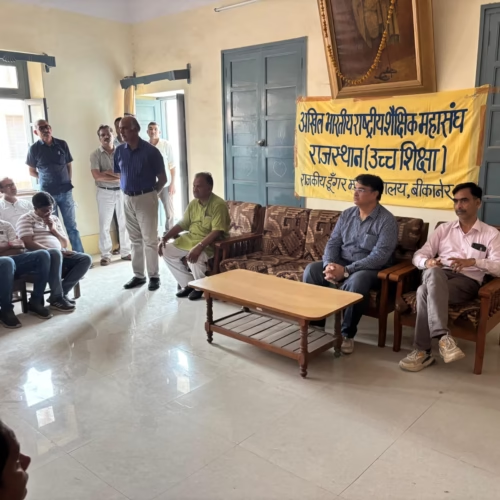

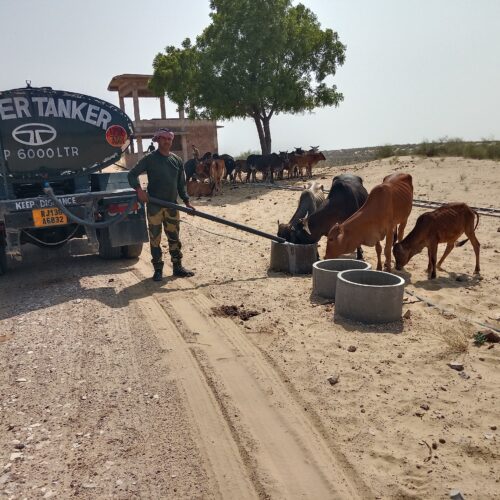
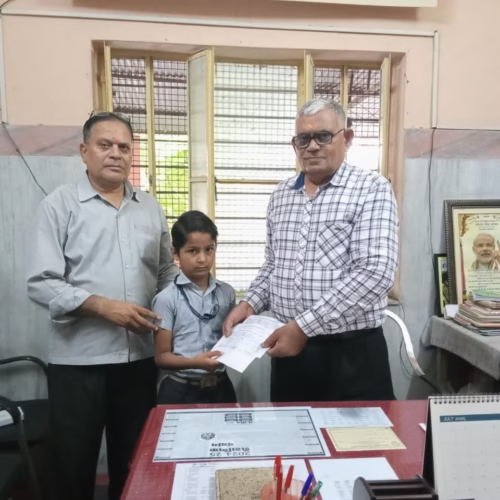
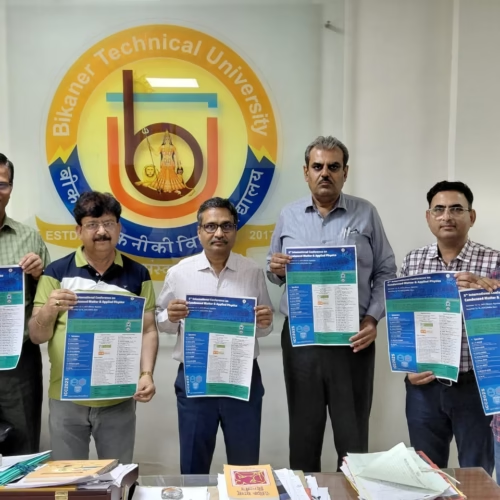
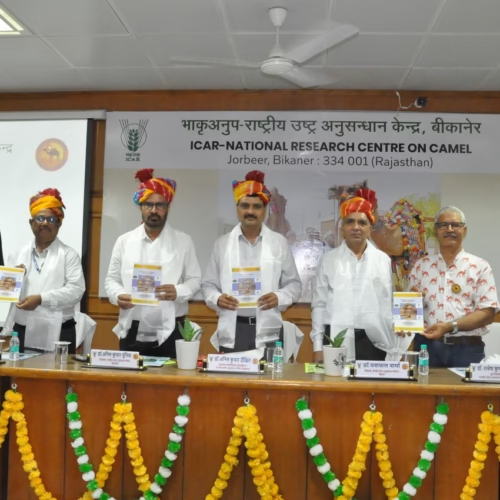

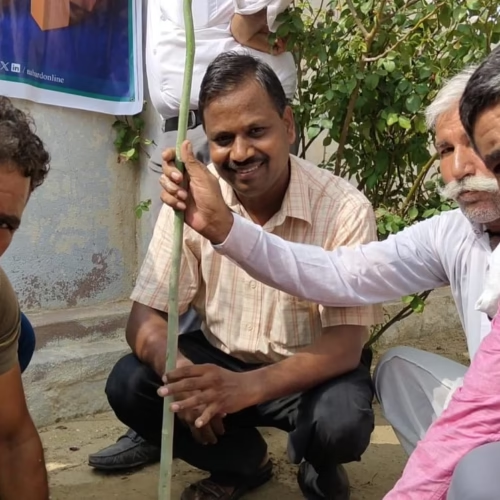











Add Comment